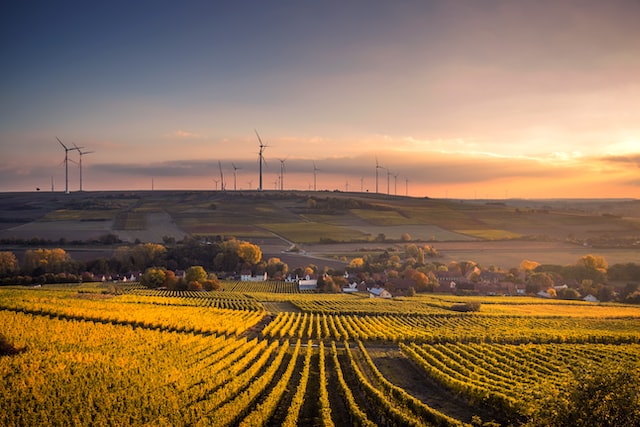The pandemic has only highlighted the sustainability problems plaguing the agri-food industry. While consumer demand continues to grow, the supply chain needs to adapt to this new reality while also boosting its productivity. Economic constraints aren’t the only factor: consumers are calling a more sustainable food industry built on responsible production methods. More and more, consumers are taking into account ESG criteria like ecological issues, product traceability and circular economies.
There are many incentives to transform the agri-food sector into a sustainable industry. For one, the deterioration of natural resources and growing urbanization have led to a steadily increasing demand, while water, agricultural land and rural labour resources are decreasing. Global malnutrition introduces another discouraging aspect: According to a UN report, 690 million people in the world were malnourished in 2019. The situation calls for agri-food resource management that will make the sector more sustainable.
Some $750 billion are wasted annually around the world, accounting for one third of total production. For Canadian agribusiness, this translates to 43 kg of food loss per capita per year during processing activities according to the Commission for Environmental Cooperation (CEC). The costs incurred by these losses include investment in raw materials and packaging as well as energy, water, labour and disposal costs.
The index on agri-food performance is just one initiative among many that values the environmental sustainability of Canada’s agri-food industry. In order to achieve responsible production, we have to find solutions to food loss. Reducing food waste will in turn reduce GHG emissions and pressure on energy, water and soil resources while also making the sector bigger, more productive, more efficient and more competitive. These benefits more than justify the search for sustainable solutions.
Measuring total emissions for a sustainable value chain
Food loss is defined as the decrease in the quantity or quality of food resulting from measures taken during food production and processing. In Canada in 2017, 1% of sugars and syrups and 10% of food products, including meat and large crops that entered facilities at these steps, ended up as avoidable food losses.
The manufacturing sector’s current solutions for food losses can be ranked by how sustainable they are. Sending waste to landfills for disposal is the solution least preferred by Environment and Climate Change Canada (ECC), as it has a considerable impact on Scope 3 GHG emissions, when taking into account the methane emissions generated by waste disposal and landfilling, not to mention the landfilling fees.
Recycling is a more sustainable approach, but still not optimal. Currently, it’s possible to synthesize ingredients when manufacturing pharmaceuticals, cosmetics and fertilizers. Producing biodiesel and other bioproducts is also common, as is composting. These food waste recycling measures limit disposal-related GHG emissions.
Recovering food losses for donations and to manufacture food products and animal feed has a similar impact. This method reduces scope 3 landfill-related GHG emissions and directly addresses malnutrition. However, like recycling, these are not optimal solutions from an environmental sustainability perspective because they do not address the root causes of waste production.
According to the ECC’s 2019 activity review, there are many sources of food loss during processing and packaging which vary according to the food product and type of processing. These include damage during production, inaccurate predictions of supply and demand, process and equipment failures, product sorting that does not meet standards, etc.
Digital technology can offer sustainable solutions to address these causes and, in turn, reduce pressure on agri-food production and make the sector more competitive.
Harnessing technology for sustainability and a competitive edge
There are ways to integrate digital technology at every part of the supply chain, from production to consumption. The World Economic Forum published a report on transformative technologies in the food and beverage industry that foster sustainability, inclusiveness, productivity and food security. Technology addresses the biggest agri-food challenge: disseminating the collected data more reliably.
Food detection technologies are on the rise, and many already exist. Hyperspectral and near-infrared sensors can analyze food non-intrusively to determine freshness and perishability. Widely adopting these technologies could save 10 to 20 million tons of food waste, according to the World Economic Forum. Hyperspectral imaging can also detect the presence of pathogens, preventing costly product recalls.
The Internet of things (IoT) provides an opportunity to better align supply with demand. Using the IoT, products can be tracked along the supply chain and their environment (temperature, humidity, etc.) can be controlled. A product’s nutritional value, source and environmental impact would also be available. If the IoT were implemented in 50% to 75% of supply chains in developed countries by 2030, at least 10 to 50 million tons of food loss during distribution would be prevented, according to the World Economic Forum.
Blockchain is an inherent part of the IoT as it makes it possible to track products along the supply chain. Rather than tracking production lots, the blockchain tracks the individual products, which, much like the IoT, reduces recalls and losses. Similarly to food detection technologies, the blockchain also provides the individual products’ expiration dates. Therefore, if a blockchain monitored 50% of global supply chains, the increased efficiency could reduce worldwide food waste by 10 to 30 million tons.
Innovations to reduce food losses are already a challenge for agri-food, and the industry’s commitment is an important part. A number of multinational agri-food companies (Maple Leaf Foods, McCain Foods, Kraft Heinz Canada, Unilever Canada, General Mills, Nestlé and Kellogg’s) in Canada have committed to reducing food losses and waste. The Canadian agri-food industry can stay competitive in the long-run by investing and innovating.
McCain: the leader in food sustainability
Among the companies committed to reducing food losses and waste, McCain Foods is an excellent example of pioneering methods to integrate digital technologies in the agri-food industry. As a member of the Food Waste Coalition of Action, McCain is taking part in the 10x20x30 Initiative, whose goal is to halve its food losses by 2030. Among its major initiatives, the company acquired the predictive crop intelligence portfolio from Resson, an analytics technology firm enhancing farming efficiency.
This collaboration led to developing algorithms that predict crop yields based on evaluations of potato fields and on crop development using the aforementioned food detection technologies.
This new team will work with various food processors and farmers to adopt digital technology in the food and beverage industry. These major developments will significantly reduce Scope 1, 2 and 3 GHG emissions and boost productivity along the entire supply chain.
Building a sustainable agri-food industry
The agri-food sector’s digital technology transformation is part of a sustainable strategy to respond to ever-increasing demand and the environmental impact of food losses. McCain, like many other companies, helps develop digital technologies that aim to reduce waste by allotting human and financial resources.
The transformational process is one that benefits from cross-functional and multidisciplinary expertise. Although demanding, leveraging many different kinds of expertise throughout the transformation instead of siloing them is part of providing high value-added consulting services.


